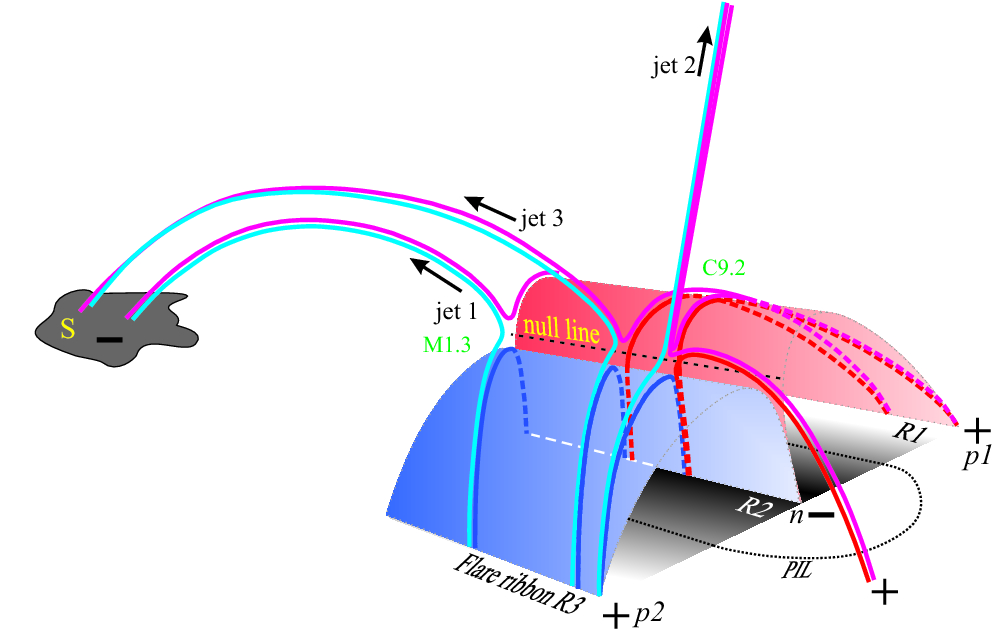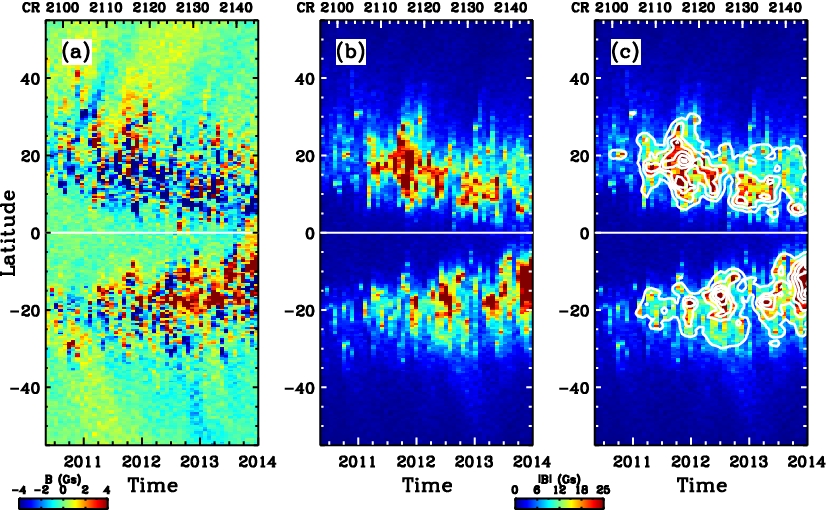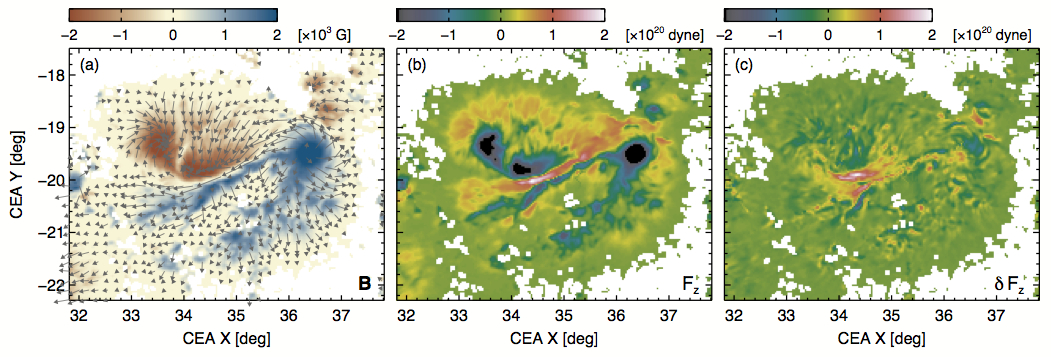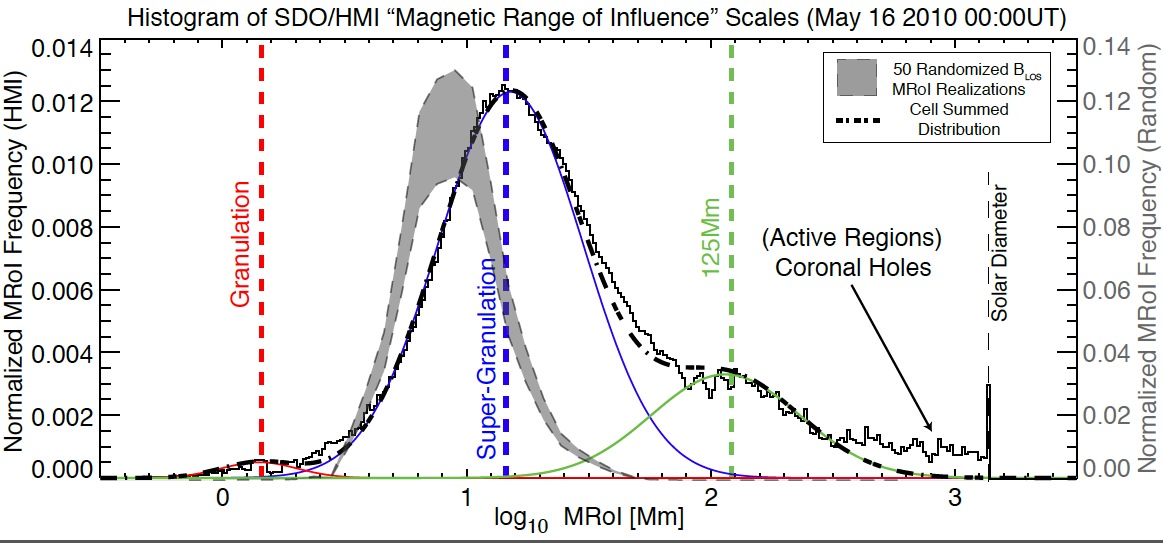20. Solar Meridional Flow in the Shallow Interior during the Rising Phase of Cycle 24
19. The CGEM Lorentz Force Data from HMI Vector Magnetograms
18. Correlations between sunspots and their moat flows
17. Is the recent discovery of the multi-cell meridional circulation a threat to the flux-transport dynamo?
16. Spatial-Variance Magnetic Synoptic Maps
Bertello and collaborators at NSO have made a first attempt to estimate some of the uncertainties in magnetic synoptic maps and evaluated their impact on coronal and heliospheric models. They found that accounting for the statistical uncertainties arising from the distribution of image pixels contributing to each bin in the synoptic map may produce a noticeable change in the results obtained from these models.
15. Potential field source surface “breathes” over the course of the solar cycle
14. How to keep the Sun’s equator rotating faster than its poles: Giant Cells
13. “G-nodes” Offer a New Way to Peek into the Sun’s Interior
We have seen that the quiescent photospheric magnetic field is composed of multiple connective scales. The observed scales range from a few megameters to those that are 100 –250 Mm in scale. We expect that the latter of these scales belongs to a spatially large, deep and hence slowly overturning convective flow — one that possibly reaches to the bottom of convection zone.










